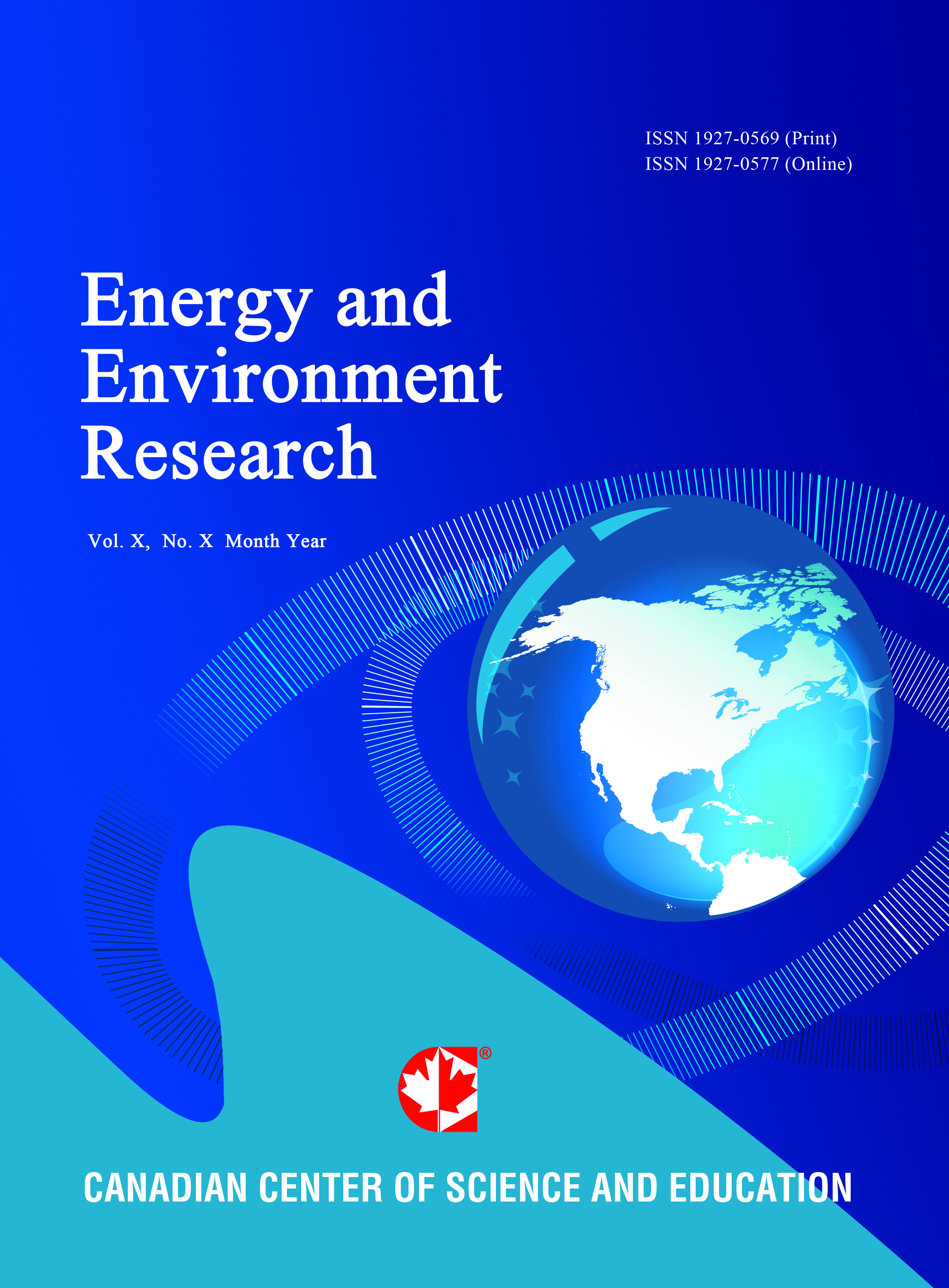Seasonal Energy Experimental Evaluation of a SBFBR for Treatment of the Azo Dye Direct Red 23
- Morales-Guzmán F.
- Romero J.
- Domínguez-Patiño L.
- Rodríguez-Martínez A.
- Melgoza-Alemán María
Abstract
This paper shows the experimental energy evaluation for a Sequencing Batch Fluidized Bed Reactor (SBFBR) anaerobic/aerobic. The SBFBR was installed for the treatment of the Direct Red 23 azo dye (DR23 C. I. 29160). The evaluation of energy was made for summer and winter seasons. DR23 was selected for study because is not quickly biodegraded. DR23 is one of the most used dyes in the textile industry and it is used to dye cotton, linen and rayon fibers. DR23 is stable to light, easily absorbed in the water and its degree of fixation in the fiber goes from 70 to 95%. The SBFBR was packed with granular activated carbon (CAG) as support of the biomass and as redox mediator for acceleration reaction rate by the transport of equivalent reducers between the electrodonor and electroacceptor compounds. A mixture 50/50 of activated sludge from two treatment plants was used as inoculums. Synthetic wastewater was composed with DR23 as substrate, 25 mgL-1; acetic acid as co-substrate15 mgL-1 and basal medium. The strategy of fixed efficiencies was used for the acclimatization of the biomass to the DR23 and to the changes of environmental anaerobic/aerobic. The reactor was operated by 160 days (253 cycles). The acclimatization was reached in 43 days in the cycle 27. The reaction time was reduced from 72 h to 24 h. The concentrations of azo DR23 were increasing of 25 to 200 mgL-1 with global removal efficiency of 95% of DR23. The reactor SBFBR anaerobic/aerobic was evaluated for the treatment of the DR23 azo dye and their metabolites secondary’s that are aromatics amines. The thermodynamic evaluation was made for 27 cycles of operation of SBFBR in each operation temporary. Finally the total energy balance of process during summer and winter was evaluated and shows a energy consumption of 20 and 26 MJ respectly added to the SBFBR.
- Full Text:
 PDF
PDF
- DOI:10.5539/eer.v3n1p1
Journal Metrics
(The data was calculated based on Google Scholar Citations)
h-index (July 2022): 19
i10-index (July 2022): 53
h5-index (July 2022): N/A
h5-median(July 2022): N/A
Index
- BASE (Bielefeld Academic Search Engine)
- CiteFactor
- CNKI Scholar
- Elektronische Zeitschriftenbibliothek (EZB)
- Excellence in Research for Australia (ERA)
- Genamics JournalSeek
- Google Scholar
- NewJour
- Norwegian Centre for Research Data (NSD)
- PKP Open Archives Harvester
- Publons
- ROAD
- SHERPA/RoMEO
- Standard Periodical Directory
- Ulrich's
- Universe Digital Library
- WorldCat
Contact
- Lesley LuoEditorial Assistant
- eer@ccsenet.org
